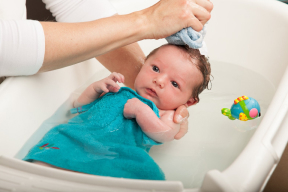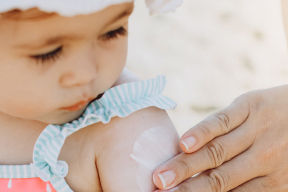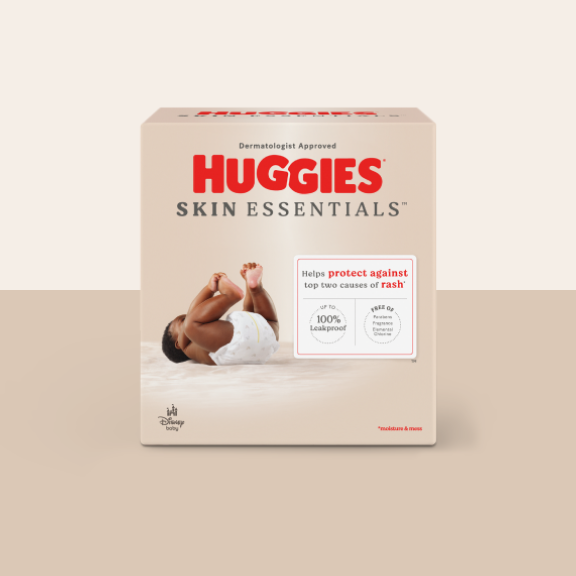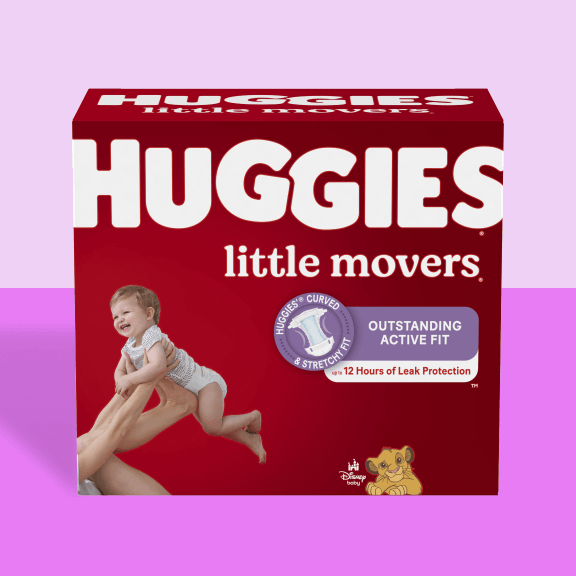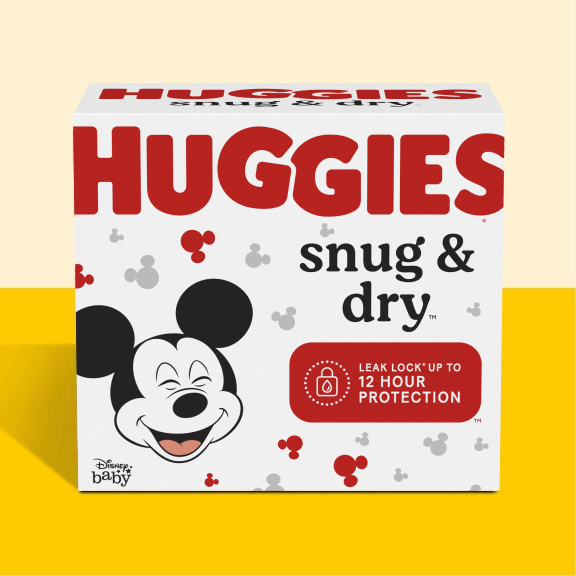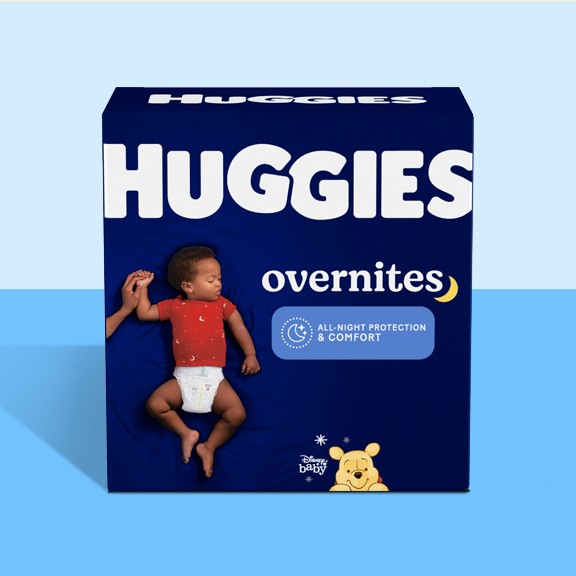Baby massage in the NICU
- Provide positioning aids or props that your baby can have in the incubator or bassinet to help them feel cozy and secure. That could include small bean-filled props they can lean against, small blankets that can be rolled and placed to support specific positions, or a soft blanket that smells of you.
- Make yourself comfortable and sit by your baby if it is not possible for them to come out of their incubator to be held. Relax and read your current novel but read it quietly out loud so your baby is comforted by the flow of your voice without needing to react in any way.
- If you can’t hold your baby, hold them where they lie. Wrap one hand gently but firmly around the top of their head and fold the other over their tummy, or around their bottom or legs. Be still with them. Feel them settle and relax a little more deeply into a peaceful sleep. Don’t take your hands away too soon. Be with them in that settled state so that when you do gently let go, they are deep enough asleep to be able to stay that way themselves for a while.
- Even with tubes or lines still attached you may be able to hold your baby, perhaps even skin-to-skin. Don’t be afraid to ask if you can! Make sure you have plenty of time to sit and quietly hold your baby so neither of you feel rushed. The more your baby can relax in one position with you and sense you through your smell, and feel your breathing and your heartbeat, the more they will feel secure and loved. And the more their nervous system has a chance for calming and regulating. This unhurried form of touch is not only comforting for both of you but may enhance the journey to healing that can be so difficult with an early start in life.
- When you and your healthcare team feel your baby is mature enough to accept some simple massage strokes, start with the legs and feet. Be slow and gentle but firm enough for your baby to feel secure.
- Babies tell us if they are feeling stressed or comfortable with what we are doing. Stress signals are our cues to stop. Comfort signals tell us this is a good time for massage.
- Consider enlisting some extra guidance and support from an infant massage instructor or trained healthcare provider.
The information of this article has been reviewed by nursing experts of the Association of Women’s Health, Obstetric, & Neonatal Nurses (AWHONN). The content should not substitute medical advice from your personal healthcare provider. Please consult your healthcare provider for recommendations/diagnosis or treatment. For more advice from AWHONN nurses, visit Healthy Mom&Baby at health4mom.org.



